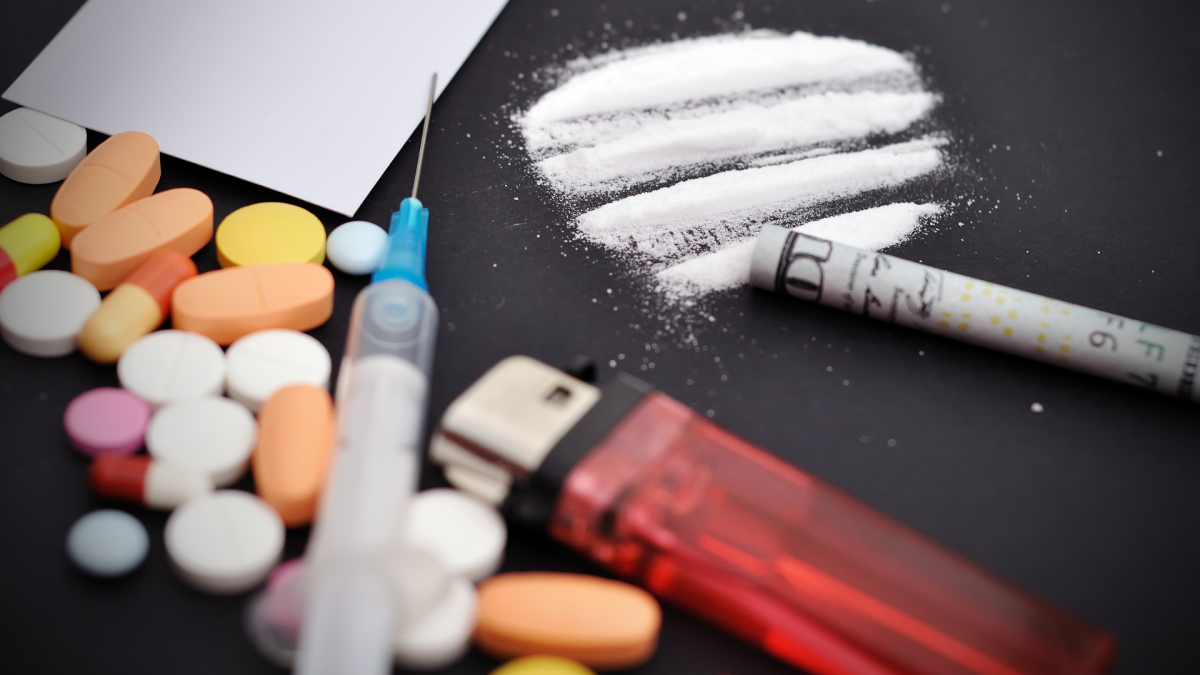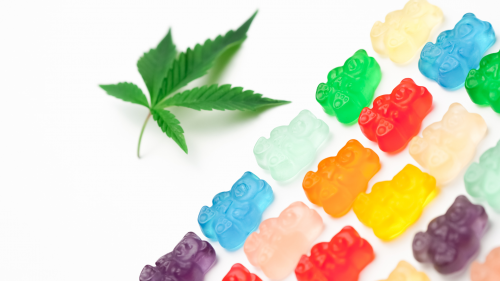Some drugs have benefits if used for medical purposes with the right dose and under the supervision of a doctor. But unfortunately, the existence of these drugs is often misused to get certain effects and ends up endangering the lives of users.
Narcotics (narcotics and illegal drugs) are substances/substances that can affect a person's mental/psychological conditions (thoughts, feelings and behavior), and can cause physical and psychological dependence. For this reason, it is necessary to know what types of drugs are most commonly abused in Indonesia and the dangers that can arise from abuse. Understanding the effect these drugs have on the body and understanding the serious threat of addiction they can pose is the first step to protecting yourself. Here are the types of drugs and their dangers to the body that you need to know and watch out for:
1. Marijuana (THC)
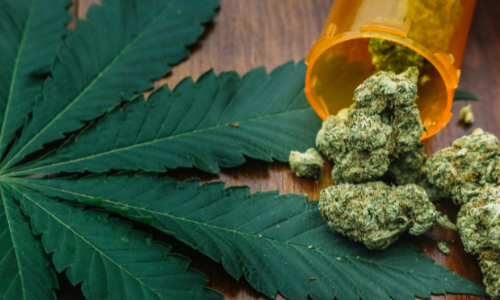
Picture 1. Marijuana illustration
This mild hallucinogen, derived from the Cannabis sativa plant. All forms of cannabis are usually smoked. Cannabis resin and oil can also be ingested orally or brewed in tea. When used, marijuana acts as a central nervous system stimulant. Cannabis can make users feel relaxed and heighten their sensory awareness. Thus, users may experience a more vivid sense of sight, smell, taste and hearing. This causes the "high" that people feel. Long-Term Effects, Marijuana will affects brain development. The drug may impair thinking, memory, and learning functions. The other health effects of marijuana is:
-
- Hallucinations
- Paranoid
- Worsening symptoms in patients with schizophrenia
- Respiratory disorders
- Increased heart rate
2. Cocaine (COC)
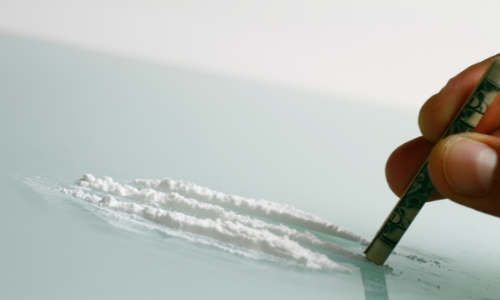
Picture 2. Cocaine powder illustration
Cocaine is a fine white or off-white powder that acts as a powerful stimulant. In its pure form, cocaine is extracted from the leaves of the coca plant. People snort cocaine powder through the nose, or they rub it into their gums. Others, dissolve the powder and inject it into the bloodstream. Cocaine can make users feel exhilarated and euphoric. Furthermore, users often experience a temporary increase in alertness and energy levels, and a postponement of hunger and fatigue. Users' behaviour can also become bizarre, erratic and violent. Excessive doses of cocaine may lead to convulsions, seizures, stroke, cerebral haemorrhage or heart failure. Long-term users of cocaine risk a number of health problems, some of them depending on the ingestion method:
-
- Sniffing cocaine severely damages nose tissue, smoking can cause respiratory problems
- Injection can lead to abscesses and infectious diseases.
Other risks, regardless of ingestion method, include dependency, malnutrition, weight loss, disorientation, apathy and a state similar to paranoid psychosis.
3. Ecstasy (MDMA)
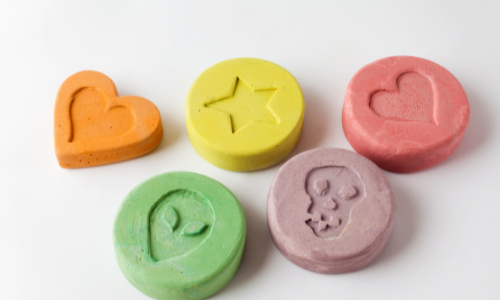
Picture 3. Ecstasy illustration
This drug shares chemical structural similarities with both amphetamine and certain hallucinogens and elicits both stimulant and sensory altering effects. Shortly after taking ecstasy, the user may experience a range of effects due to the combination of stimulant and hallucinogenic properties. Potential effects include:
-
- Euphoria
- Heightened emotions
- Hallucinations
- Decreased appetite and thirst
Excessive doses of ecstasy can increase the risk of serious health problems, such as hyperthermia, disorders of the heart and blood vessels, mental disorders, dangerous impulsive behavior, and overdose.
4. Heroin (MOP)
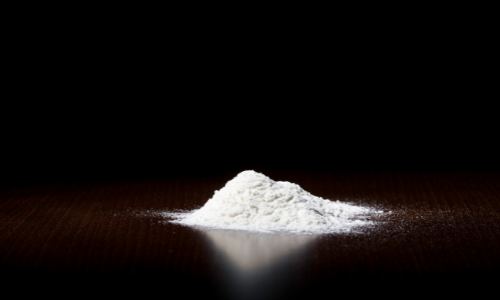
Picture 4. Heroine powder illustration
Pure heroin (diacetylmorphine) is a white powder with a bitter taste abused for its euphoric effects. Heroin, a highly addictive drug, is derived from the morphine alkaloid found in opium poppy plant (Papaver somniferum) and is roughly 2 to 3 times more potent than morphine. It is usually injected, smoked or snorted up the nose. It exhibits euphoric ("rush"), anti-anxiety and pain-relieving properties. Other effects can include respiratory depression, constricted pupils and nausea. Effects of overdose may include slow and shallow breathing, hypotension, blue lips and nails, muscle spasms, convulsions, coma, and possible death. Intravenous use is complicated by other issues such as the spread of HIV/AIDS because the sharing of contaminated needles.
5. Methamphetamine (MET)
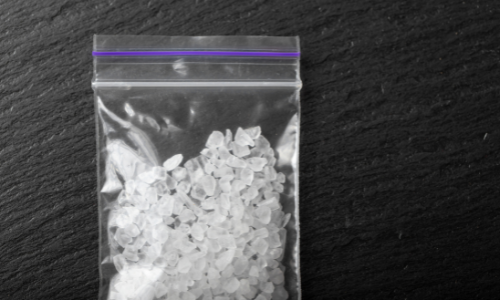
Picture 5. Methamphetamine illustration
Methamphetamine is a type of stimulant drug that acts on the central nervous system and is highly addictive. Methamphetamine is available in the form of a white crystalline powder, odorless, and has a bitter taste. Usually, methamphetamine is used by swallowing, smoking, or injection. Like cocaine, methamphetamine can speed up the heart, as well as cause hyperthermia, an extremely high body temperature. When used over a long period of time, methamphetamine can cause anxiety, insomnia, and even psychotic symptoms, like hallucinations. Severe dental problems can also occur; the drug is acidic and can wear down teeth over time. Users often grind their teeth as well, further damaging them. As with heroin users, people who inject methamphetamine are at risk for HIV.
6. Carisoprodol (SOMA)
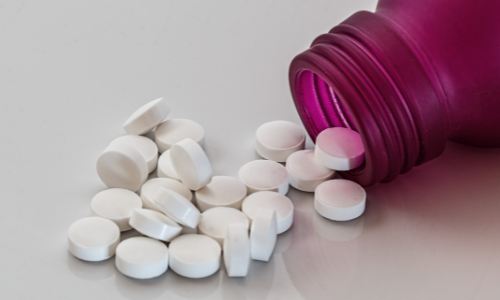
Picture 6. Carisoprodol illustration
Carisoprodol, is a prescription medication used to treat muscle spasms and severe muscle pain. However, due to its psychoactive (sedative and anxolytic/anti-anxiety/relaxant) effects, its abuse is becoming a more prominent problem. The effects of carisoprodol are relatively short in duration. Users may quickly find themselves taking more to prolong the pleasurable sensation it elicits, quickly leading them towards dependence and addiction. People who are struggling with a carisoprodol addiction may find themselves experiencing a range of unpleasant effects, such as:
-
- Impairment of physical or mental capabilities
- Increase in heart rate
- Tremors
- Seizures
- Rebound anxiety and/or insomnia
7. Benzodiazepin (BZO)
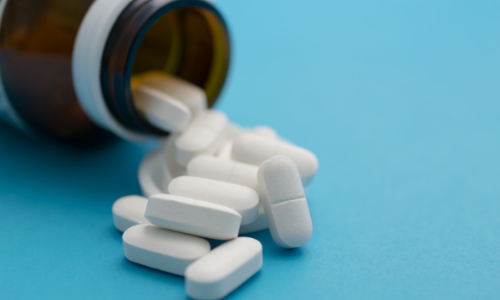
Picture 7. Benzodiazepine illustration
Benzodiazepines act on the central nervous system, produce sedation and muscle relaxation, and lower anxiety levels. Doctors may prescribe a benzodiazepine for the legitimate medical conditions, but Benzodiazepines are commonly abused. High doses of benzodiazepines can produce more serious side effects. Signs and symptoms of acute toxicity or overdose may include the following:
-
- Confusion
- Dizziness
- Weakness
- Slurred speech
- Lack of coordination
- Difficulty breathing
- Coma
Despite their many helpful uses, benzodiazepines can lead to physical and psychological dependence. Dependence can result in withdrawal symptoms and even seizures when they are stopped abruptly.
Reference:
- United Nations Office on Drugs and Crime. (2022). TYPES OF DRUGS
- National Institute on Drug Abuse. What is Marijuana?
- National Institute on Drug Abuse. Cocaine DrugFacts
- DrugAbuse.com. (2022). Long-Term Effects of Molly-Ecstasy
- Drugs.com. Heroin
- DrugAbuse.com. (2022). Carisoprodol Abuse
- WebMD. (2021). Benzodiazepine Abuse
